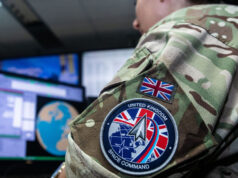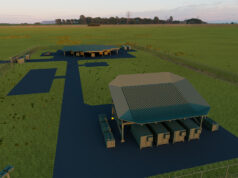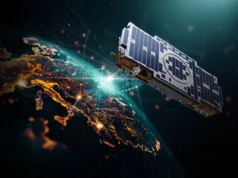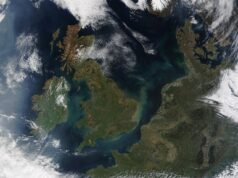Seven projects which will develop new sensor technology and artificial intelligence to monitor hazardous space debris have been announced today by the UK Space Agency.
The UK Space Agency and Ministry of Defence have also announced the next step in their joint initiative to enhance the UK’s awareness of events in space.
According to UKSpace here, estimates of the amount of space debris in orbit vary, from around 900,000 pieces of space junk larger than 1cm to over 160 million orbital objects in total. Only a fraction of this debris can currently be tracked and avoided by working satellites. The UK has a significant opportunity to benefit from the new age of satellite megaconstellations – vast networks made up of hundreds or even thousands of spacecraft – so it is more important than ever to effectively track this debris.
“Today’s investments will help bolster the UK’s capabilities to track this space junk and monitor the risks of potentially dangerous collisions with satellites or even the crewed International Space Station. Projects backed today include Lift Me Off who will develop and test machine learning algorithms to distinguish between satellites and space debris, and Fujitsu who are combining machine learning and quantum inspired processing to improve mission planning to remove debris.
Two companies, Deimos and Northern Space and Security, will develop new optical sensors to track space objects from the UK whilst Andor, based in Northern Ireland, will enhance their astronomy camera to track and map ever smaller sized debris. D-Orbit UK will use a space-based sensor on their recently launched satellite platform to capture images of space objects and couple this with Passive Bistatic radar techniques developed by the University of Strathclyde. Finally, new satellite laser ranging technologies will be researched by Lumi Space to precisely track smaller space objects.”
Last year there was a close call in which a £100 million spacecraft operated by the European Space Agency had to light up its thrusters to dodge a satellite. A clash between the spacecraft was far from certain, but the trajectories posed enough of a threat that ESA concluded that they need to manoeuvre the spacecraft out of harm’s way.
Business Secretary Alok Sharma said:
“Millions of pieces of space junk orbiting the earth present a significant threat to UK satellite systems which provide the vital services that we all take for granted – from mobile communications to weather forecasting. By developing new AI and sensor technology, the seven pioneering space projects we are backing today will significantly strengthen the UK’s capabilities to monitor these hazardous space objects, helping to create new jobs and protect the services we rely on in our everyday lives.”
Graham Turnock, Chief Executive of the UK Space Agency said:
“People probably do not realise just how cluttered space is. You would never let a car drive down a motorway full of broken glass and wreckages, and yet this is what satellites and the space station have to navigate every day in their orbital lanes. In this new age of space megaconstellations the UK has an unmissable opportunity to lead the way in monitoring and tackling this space junk. This funding will help us grasp this opportunity and in doing so create sought after expertise and new high skill jobs across the country.”
You can read more here.











